Canon EOS 700D review
The Canon EOS 700D is a range-topping entry level DSLR
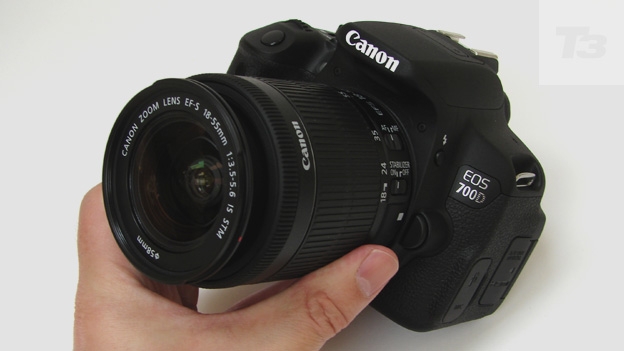
-
+
Robust build
-
+
Rotating LCD screen
-
+
Lightweight chassis
-
-
Shooting video is clunky
-
-
It's expensive
Why you can trust T3


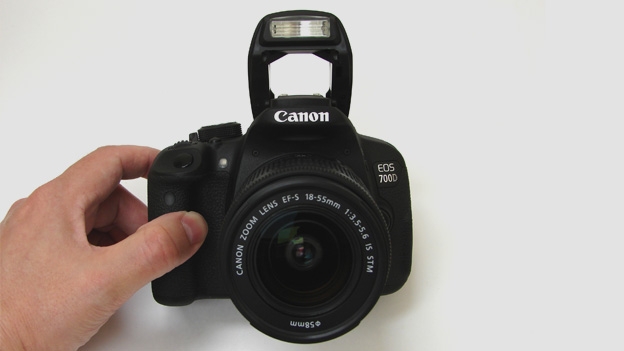
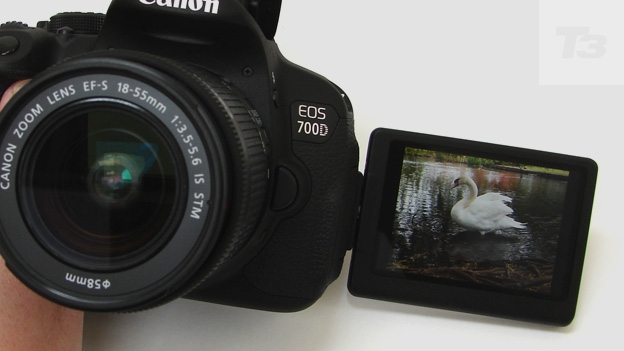
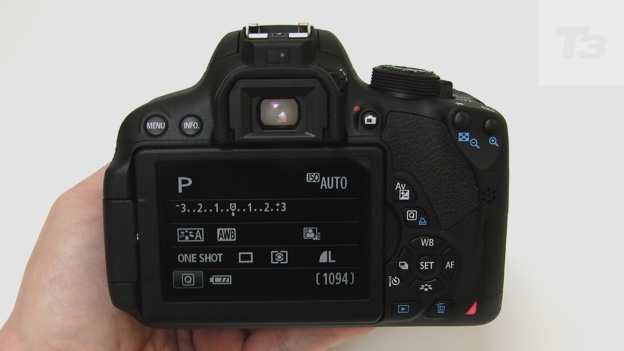
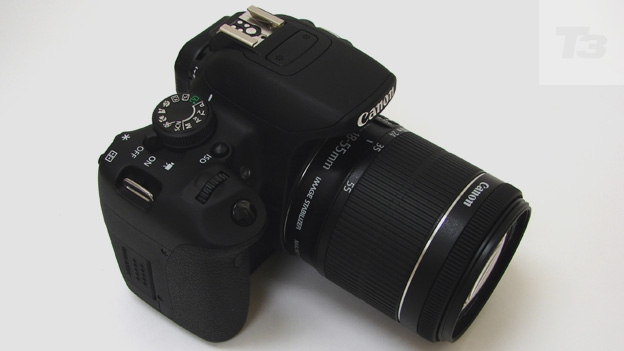
The Canon EOS 700D is the brand's new step-up DSLR from the 600D and is aimed at beginners; but, might its pimped-up spec list tempt enthusiasts too?
The new 18-megapixel Canon EOS 700D digital SLR is described by its maker as being an entry-level product; indeed it sits as the flagship model in that self-prescribed section of Canon's line up. But the specification is sufficiently pimped that the description appears to do it something of a disservice.
Certainly a price tag of a not inexpensive £749 for body and standard 18-55mm zoom lens places it beyond what absolute beginners might consider for their first DSLR, though various cashbacks and discounting schemes are currently in play.
And yet, while the Canon 700D's physically larger than the similarly specified Canon EOS 100D released alongside it - which lays claim to being the world's smallest DSLR - it's still a DSLR that's actually relatively easy to get to grips with.
Headline features include that 18 megapixel APS-C sized CMOS sensor, plus vari-angle touch screen LCD, Fl HD 1920x0180-pixels video shooting, low-light sensitivity range extendable up to an almost shoot-in-the-dark ISO25600, creative digital filter effects.
You'll also get 5 frames per second continuous shooting for tracking moving subjects at up to 22 sequential JPEGs or six uncompressed, therefore best quality, Raw files.
Our review sample was provided with the standard 18-55mm zoom, but there are currently 76 compatible lenses in the Canon range, not to mention countless often cheaper third party optics.
If you already own a handful of compatible lenses you probably won't be considering an alternative brand.
Nevertheless, competition for the 700D includes the likes of the Nikon D5200 (a slightly higher 24MP resolution) or Nikon D7100, Pentax K5 II (weather proofed body), and Sony A57 or Sony A65 (easier/faster to shoot video with thanks to translucent mirror mechanism), with the likes of Olympus and Panasonic having concentrated on compact system cameras rather than any new DSLRs these past three or four years.
So how does the Canon EOS 700D measure up as a competitive sub-£1,000 option?
Canon EOS 700D: Controls
About a third larger than a compact system camera, even one modelled on the shape of a DSLR, such as the new Panasonic G6, the 700D manages to feel robust when held in the palm, with sufficient space around the grip for three, maybe four fingers.
Yet, even with kit lens attached it isn't so much of a dead weight that you wouldn't be able to hold it up high over the heads of a crowd and angle the back screen to grab the winning shot. It therefore feels like Canon has made a sensible trade off between construction and flexibility of use.
While being one of the smaller more approachable DSLRs, it does feel like we're getting our money's worth from Canon.
There's a familiar 12-option shooting mode dial, which is ergonomically encircled by the equally chunky and obvious on/off switch. Interestingly, the same on/off switch has a third setting - that for selecting video mode, which, oddly, isn't included on the shooting mode wheel.
Flicking it to the movies setting automatically prompts the camera's internal mirror mechanism to flip up out of the way, and a live feed to be relayed to the rear plate LCD monitor, which is, handily for shooting video, angle-adjustable.
In addition to this way of activating video, there's still a dedicated live view button on the camera's top plate, should you want the LCD to display the image before the lens to aid with manual focusing in any stills shooting mode.
When not in live view or video modes, the back screen displays key shooting info instead, as there is no secondary smaller LCD window on the top plate, like we would find on a £1,000+ semi professional DSLR.
Backplate buttons also fall between what we might normally expect to see on a 'grown up' DSLR and that of a compact camera, making for an easy step up for anyone more used to using a point and shoot or even smartphone.
The smaller physical dimensions of the camera also facilitate operation, because no setting is too much of a stretch to reach, thereby otherwise forcing you to take an eye off the subject.
Instead buttons, dials, cross keys and command wheels readily fall under forefinger or thumb of the right hand as you're merely in the process of gripping the camera.
Canon EOS 700D: Screen
The 3-inch LCD screen on the 700D is a real boon when used for composition, in that it can be utilised in several ways. When you first heft the camera out of its box the screen is turned inwards as additional protection when the camera is in transit.
Flip the screen through 180 degrees to face outwards and the image displayed automatically is shown the right way up.
The greatest flexibility is provided however when the screen is flipped out parallel to the body. In this configuration the monitor can be angled up or down for those otherwise tricky low or high angle shots, or indeed turned to face the subject facing the lens, or yourself, for easier self portraits.
We reckon it's well worth going for a DSLR with a tilting screen if it's offered as it does encourage the user to attempt photos, videos and otherwise awkward compositions they might not normally bother with.
Though Canon claims a resolution of over a million dots this wasn't immediately obvious, and LCD is still no match for an OLED screen is terms of deeper blacks and better contrast.
Still, it's perfectly usable and there's always the choice of using the proper optical viewfinder just above it if you prefer eye-level shooting or a more traditionalist approach. This isn't as large or as bright as the viewfinder provided by a pricier full-frame Canon DSLR, but it's good enough given the target market.
Canon EOS 700D: Battery
Up to 440 shots from a full charge of the supplied lithium-ion battery is one thing that places this DSLR squarely in consumer camera territory - it being no match for the 900+ shots power performance of a semi-pro or professional DSLR at around the £1,000 mark.
Having said that, if you do want to boost the performance, unlike the smaller EOS 100D the 700D is actually compatible with an accessory battery pack that clips onto the base and so acts as an alternative means of gripping the camera if turning it on its side to shoot portrait fashion.
Canon EOS 700D: Picture quality
Detail-rich colourful images are the order of the day straight out of the EOS 700D; shutter firing with a satisfyingly robust 'clunk'.
Kit lenses supplied with bodies are often decried as being jack-of-all-trades but masters of none, but it doesn't feel like Canon has particularly cut corners here, though we would have preferred a prime lens which could have given us a brighter/faster aperture than the so-so f/3.5 of the zoom.
It's worth noting that every time the user powers down the camera, the sensor is automatically cleaned, thus preventing the possibility of any stray bits of dirt or fluff attaching themselves to the sensor when changing lenses and showing up in images as smudged black dots.
As one might expect, the top two light sensitivity settings of ISO12800 and ISO25600 produce results that, in tandem with the kit lens, are particularly grainy - the latter also soft in terms of detail - so only worth using if particularly stuck. Most conditions are more than covered by around ISO1600 however, at which results look fine.
For shooting video, as we noted in our section on controls, first flick the top plate lever to the video mode setting, which lets you use the rear LCD for framing and focusing the shot. There's a choice of auto or manual focus for video, just like there is for shooting stills.
Obviously if using auto focus the footage will go soft for a moment or two before snapping back into focus if you change subjects or alter focal lengths manually mid recording. Beginning or ending recording involves a press of the live view mode button on the backplate, which is simple enough.
As expected, video looks great, even if audio is mono rather than stereo, though there is a side port allowing for attachment of an off-camera microphone if you really want to get serious - and avoid the internal mike recording the operation of the lens as well as your subject.
Canon EOS 700D: Verdict
If you're looking for your first digital SLR and are prepared to stump up what feels initially like a bit of a premium price, then the 18 megapixel, APS-C sensor-toting Canon EOS 700D is a great choice that should see you through years of service.
OK, so it may lack some of the bells, whistles and sheer physical heft of models further up the range, but that isn't necessarily a bad thing and all the essentials are here after all.
Canon EOS 700D release date: Out now
Canon EOS 700D price: £749.99 as a kit with 18-55mm standard zoom
Sign up to the T3 newsletter for smarter living straight to your inbox
Get all the latest news, reviews, deals and buying guides on gorgeous tech, home and active products from the T3 experts
Gavin Stoker has been writing about photography and technology for the past 20 years. He currently edits the trade magazine British Photographic Industry News - BPI News for short - which is a member of TIPA, the international Technical Imaging Press Association.
-
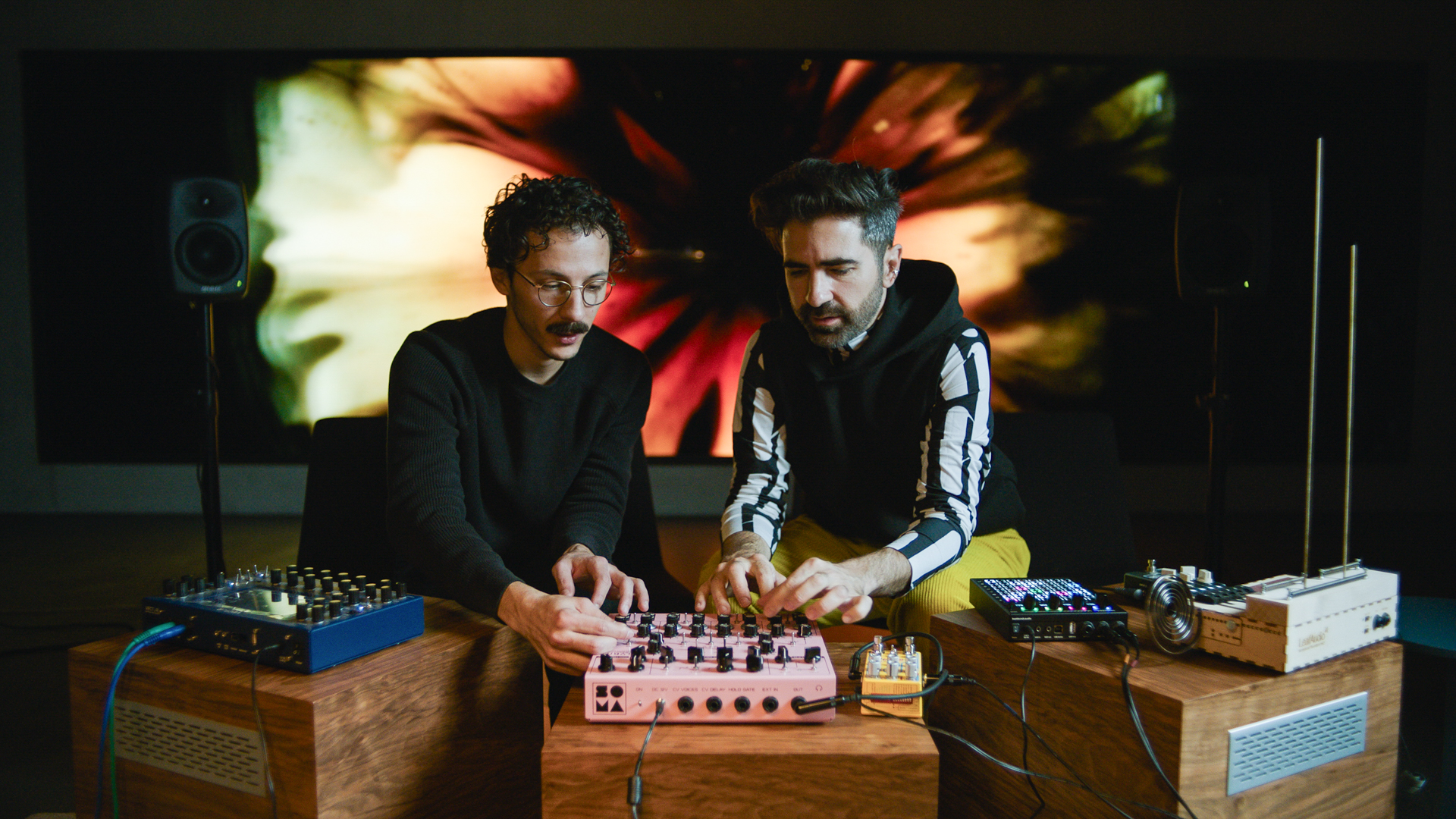 This is the sound of BMW's upcoming Neue Klasse EVs
This is the sound of BMW's upcoming Neue Klasse EVsHas BMW cracked the problem of making EVs sound fun with its next-gen soundscape for its Neue Klasse cars
By Alistair Charlton Published
-
 Build unshakeable core strength with a kettlebell and these three exercises
Build unshakeable core strength with a kettlebell and these three exercisesAdd this to the end of your workout to fire up your midsection muscles
By Bryony Firth-Bernard Published
-
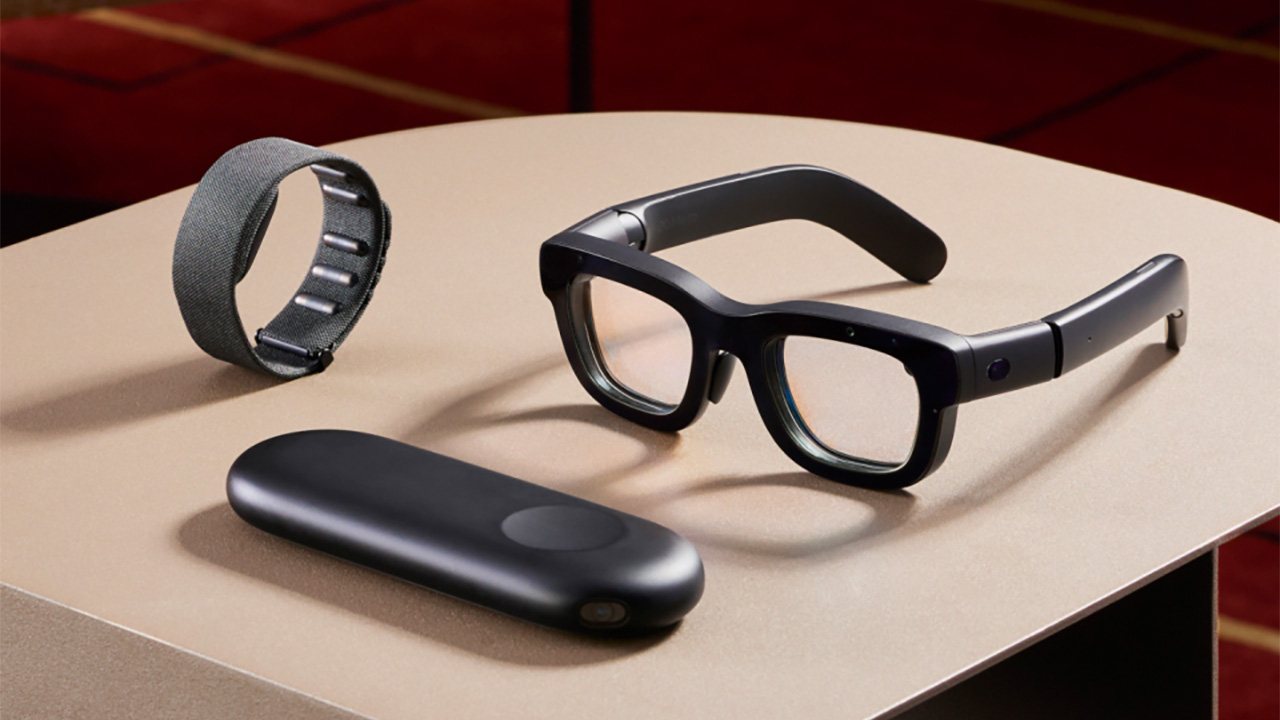 The next big tech battlefield is AR Glasses – and Apple is ready to fight
The next big tech battlefield is AR Glasses – and Apple is ready to fightTim Cook is said to "care about nothing else"
By Sam Cross Published